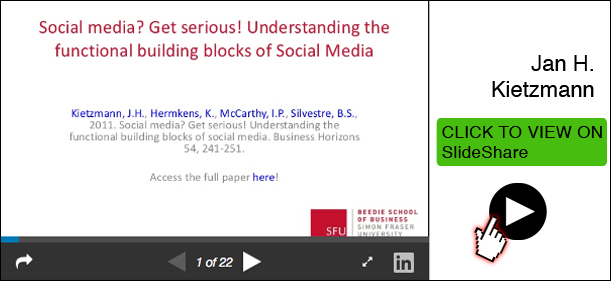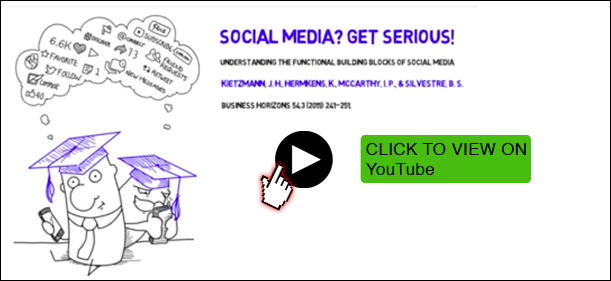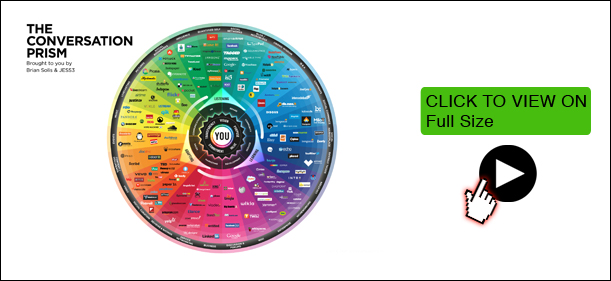2 Chapter 2 – What is a Social Media Network?
by Steve Covello - Granite State College (USNH); Concord; and NH
Overview
Students in prior terms of this course have been surprised to discover that there is a lot more to SM than Facebook or Instagram. The variety of SM ranges far and wide. This module is a deeper inquiry into what makes media “social”.
For example, eBay.com has community groups where sellers can congregate. Does that make eBay social media? How much “social” must there be for something to rightfully be called “social media”?
And what is the difference between “social media” and a “social network”? Are they one-and-the-same or are they different entities?
In this chapter, we set the stage for discussing where the line is drawn between systems that can be called SM and systems that don’t qualify. The value in this discussion is in thinking about how your final project ideas can be constructed as a SM platform or how SM is integrated into your work of fiction.
What should you be focusing on?
Your objectives in this module are:
- Identify the functional building blocks of social media.
- Identify the features of social media that offer a value proposition.
Your projects should reflect what SM can do and how SM does what it does.
Readings & Media
Thematic narrative in this chapter
In the following readings and media, the authors will present the following themes:
- SM is comprised of several functional building blocks. Each SM system is strong in some aspect (or more) of these building blocks according to its intended purpose or use case.
- There are many more types of SM than the few we see or hear about most frequently.
- Each SM system provides its users with a certain value proposition in exchange for something the user gives to the system.
Required Slideshow/Video: Jan H. Kietzmann’s Honeycomb Model of SM
Jan H. Keitzmann deconstructs SM systems into their functional components. The purpose of this model is to help identify the ways in which any given SM system is intended to serve its users. The slideshow is designed for a business audience but it is equally useful for a general conversation about the characteristics of SM.
What to look for as you watch:
- How do you imagine the balance of your final project idea’s features and functions based on Keitzmann’s model? What aspects of the Honeycomb Model are stronger or weaker in your idea?

Required Infographic: The Spectrum of Social Media Types
This graphic is an ongoing effort to classify all of the current and past social media types. You may find it useful as a way of identifying the type of SM system you plan to propose in your final project (if you choose Option #1), or a framework for the presence of SM in your story (if you choose Option #2).
Required Article: “Dark Social”
Alexis C. Madrigal’s article “Dark Social: We Have the Whole History of the Web Wrong” explores the idea that SM existed long before today’s SM. However, what makes today’s SM different is how it is published.
He states, “Publishing social interactions makes them more visible, searchable, and adds a lot of metadata to your simple link or photo post.” (emphasis added). This article was originally published in 2012, so it is likely that the proportions in his graphics may be outdated.
However, the key argument he makes concludes: “…we’re exchanging our personal data in exchange for the ability to publish and archive a record of our sharing. That may be a transaction you want to make, but it might not be the one you’ve been told you made.”
The leverage of metadata within the SM ecology is the only reason SM is profitable, and is the basis of the entire social sharing economy.
Optional:
What is the difference between social media and social networking? “Social Media vs. Social Networking“.




